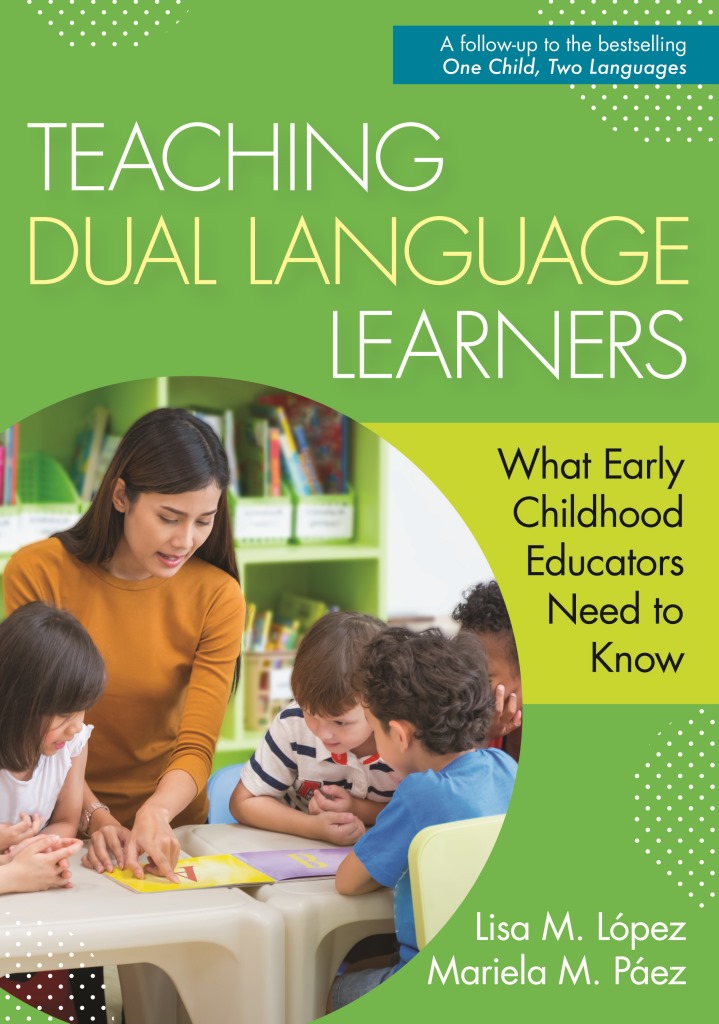 How can you provide effective support for the young dual language learners in your classroom as they develop their language and literacy skills? We’re bringing you five practical guidelines for your classroom today, along with a free printable version you can save as a reminder and share with colleagues looking for new strategies. (Today’s post was excerpted and adapted from Teaching Dual Language Learners by Lisa López, Ph.D. & Mariela Páez, Ed.D.)
How can you provide effective support for the young dual language learners in your classroom as they develop their language and literacy skills? We’re bringing you five practical guidelines for your classroom today, along with a free printable version you can save as a reminder and share with colleagues looking for new strategies. (Today’s post was excerpted and adapted from Teaching Dual Language Learners by Lisa López, Ph.D. & Mariela Páez, Ed.D.)
 Focus on Language Development and Extended Vocabulary. Language skills can be developed in the home language and can support learning a second language. Think of ways to expose young children to language and new vocabulary in ways that allow DLL children to use their conceptual knowledge in two languages.
Focus on Language Development and Extended Vocabulary. Language skills can be developed in the home language and can support learning a second language. Think of ways to expose young children to language and new vocabulary in ways that allow DLL children to use their conceptual knowledge in two languages.
Example: A read-aloud lesson that includes activities before, during, and after reading that are focused on oral language and vocabulary learning. If you’re planning to read a book to your class, identify a few key vocabulary words to explicitly define prior to reading the book. In teaching the words, ask the children if they know similar words in their home language or if they can identify these vocabulary words in their home language to connect to their background and conceptual knowledge. While reading the book, highlight the target vocabulary words and explain the definitions in the context of the reading, and follow up with activities that reinforce the learning, such as a retell activity or a matching card game with the words. Throughout these activities, encourage DLL students’ oral interactions and the use of their first language with peers who share that language.
 Foster Phonological Awareness. Phonological awareness can be supported in early childhood classrooms through activities such as listening to and creating rhymes, word and language games, etc. Later, you can promote more advanced skills such as phonemic awareness, which is the understanding that spoken words/speech can be broken down into even smaller units (phonemes).
Foster Phonological Awareness. Phonological awareness can be supported in early childhood classrooms through activities such as listening to and creating rhymes, word and language games, etc. Later, you can promote more advanced skills such as phonemic awareness, which is the understanding that spoken words/speech can be broken down into even smaller units (phonemes).
Example: You can begin introducing concepts of phonological awareness through the use of ¬finger play and rhyming songs. Rhymes in the children’s home languages should also be included either by you yourself, if you speak the home languages of the children, or through audio recordings. Young children whose home language is Spanish may enjoy songs such as “La Linda Manita” and “Los Pollitos Dicen.” If you’re unfamiliar with rhymes and songs in the children’s home languages, families or caregivers can serve as great resources.
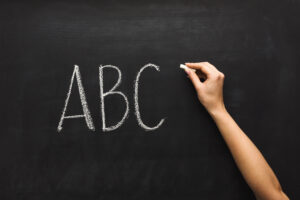 Integrate Instruction on Letter Recognition, Decoding, and Word Recognition Skills. These skills can be promoted by activities and lessons that focus on letter knowledge, such as having a letter of the day, practicing writing letters and words, and building a word wall with sight vocabulary.
Integrate Instruction on Letter Recognition, Decoding, and Word Recognition Skills. These skills can be promoted by activities and lessons that focus on letter knowledge, such as having a letter of the day, practicing writing letters and words, and building a word wall with sight vocabulary.
Example: Integrate instruction of letters and decoding skills into routines through activities involving children’s names. You might plan a letter recognition lesson using the children’s name tags as you call each child to pick a center for play time. Children are usually very interested in each other’s names and learning about who is who in their diverse classroom. Try making name tags with first letters printed in red so that children can quickly identify them visually. As the year progresses, you can move beyond identifying initial letters to reading the names.
 Support Learning About Book Concepts and Print Knowledge. You can support learning the conventions of books and written language by reading out loud regularly and noting the features of books. Young dual language learners especially benefit from scaffolds and gestures to accompany the reading, such as pointing with a finger to particular words and running a finger along the text.
Support Learning About Book Concepts and Print Knowledge. You can support learning the conventions of books and written language by reading out loud regularly and noting the features of books. Young dual language learners especially benefit from scaffolds and gestures to accompany the reading, such as pointing with a finger to particular words and running a finger along the text.
Example: Begin read-alouds by asking children questions about book concepts such as “Who is the author of the book?” “Is there an illustrator of the book?” “What is the title of the book?” “Where should we start reading?” For post-reading reinforcement, meet with a small group of DLL students to further discuss the book and engage in a related activity.
 Engage Students in Early Writing. Teachers can extend print knowledge by engaging children in writing activities, starting with drawing and scribbling. Later, as children learn how to write letters, they can write their names, labels, and signs for the classroom.
Engage Students in Early Writing. Teachers can extend print knowledge by engaging children in writing activities, starting with drawing and scribbling. Later, as children learn how to write letters, they can write their names, labels, and signs for the classroom.
Example: In your classroom, set up a dramatic play area as a post office. Include various materials for writing, such as envelopes, pencils, stamps that you’ve made, and labels for addresses. Children can then write and “send” letters to each other. DLL children will likely be engaged in this creative activity as they play in small groups and share their knowledge of names and addresses.
What’s your favorite strategy for promoting language and literacy development in young dual language learners? Add your ideas in the comments below!
DOWNLOAD THE TIP SHEET
Get a summary of the tips from today’s post in a printable PDF tip sheet.
Stay up to date on the latest posts, news, strategies, and more!
Sign up for one of our FREE newslettersTopics
Tags
More posts like this
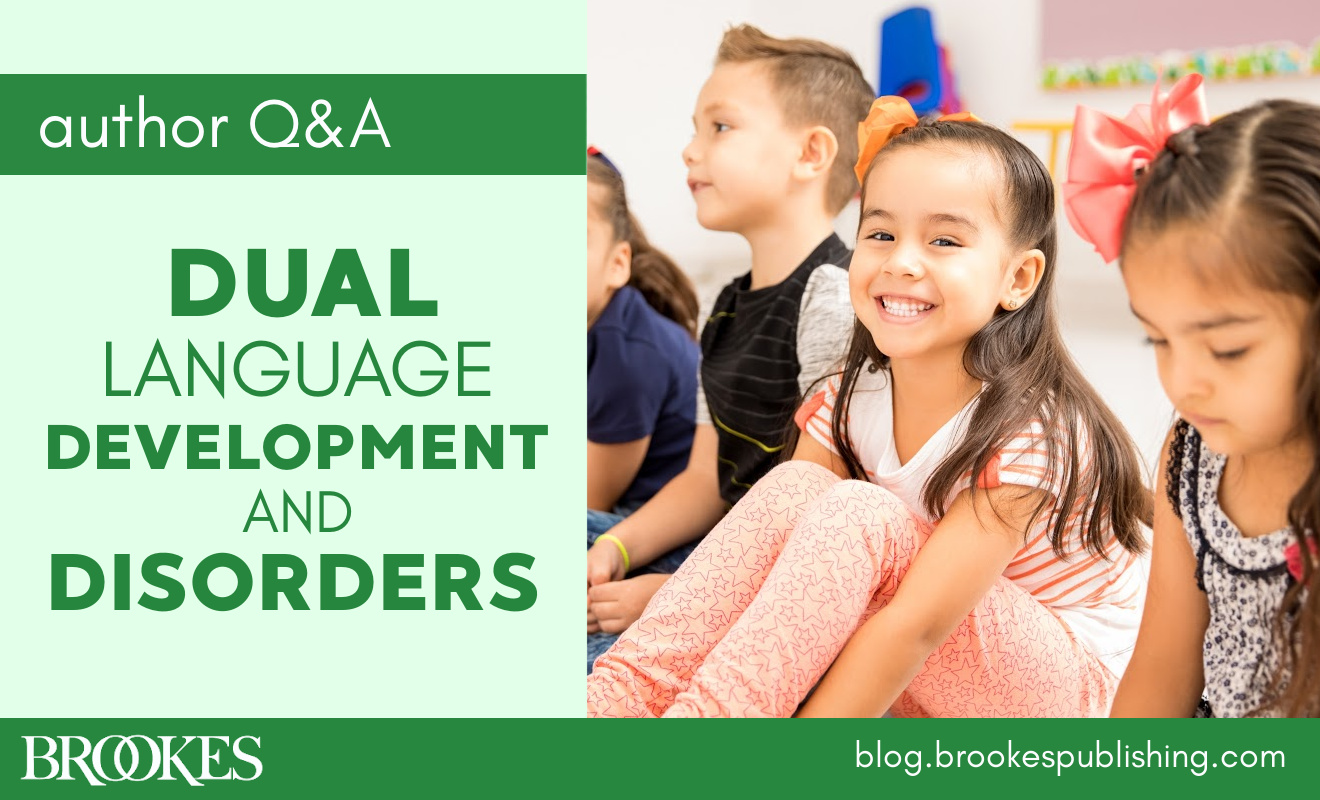
Dual Language Development & Disorders: 7 Questions with 2 Experts
June 29, 2021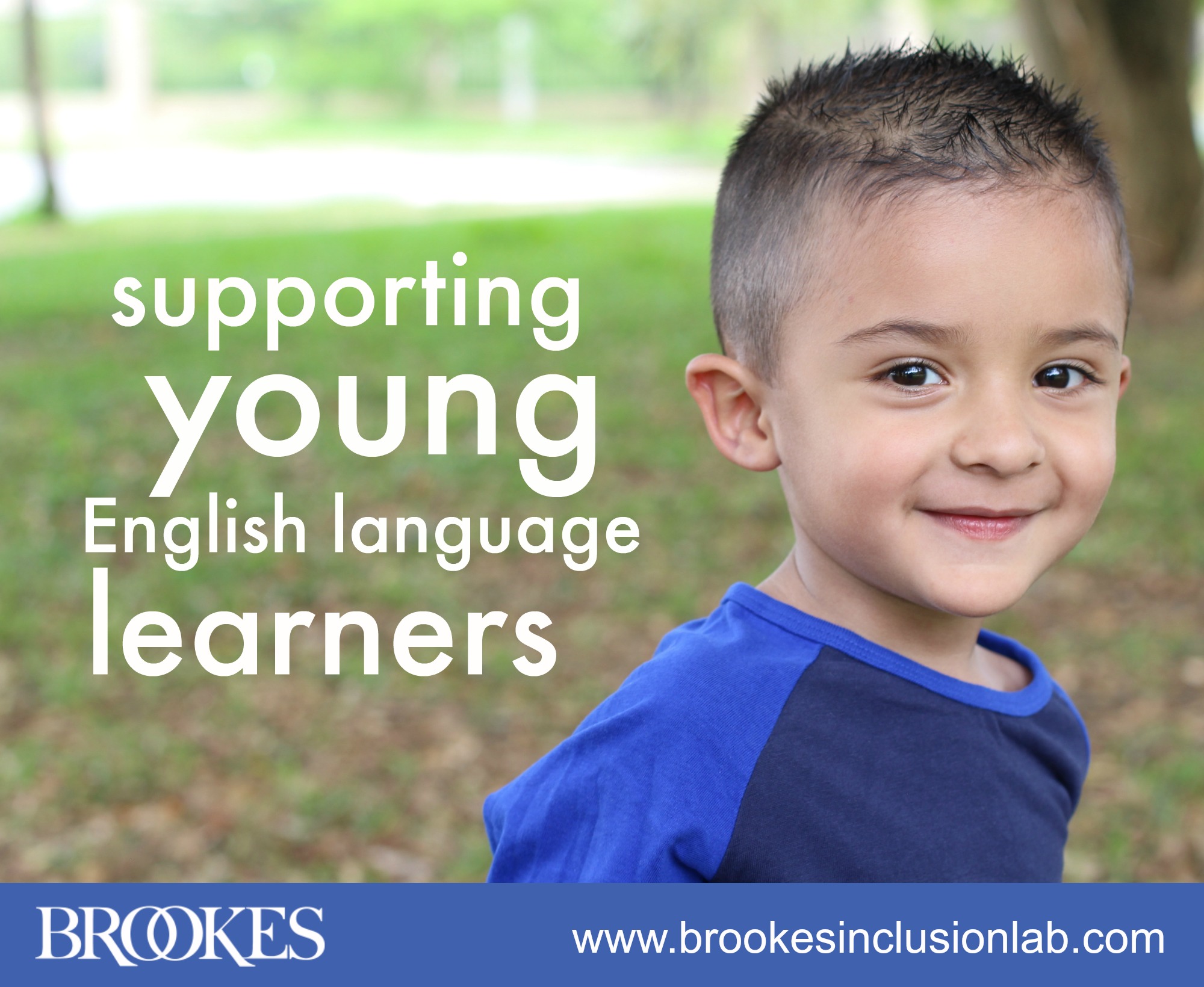
10 Free Resources for Teachers of Young English Language Learners
September 15, 2020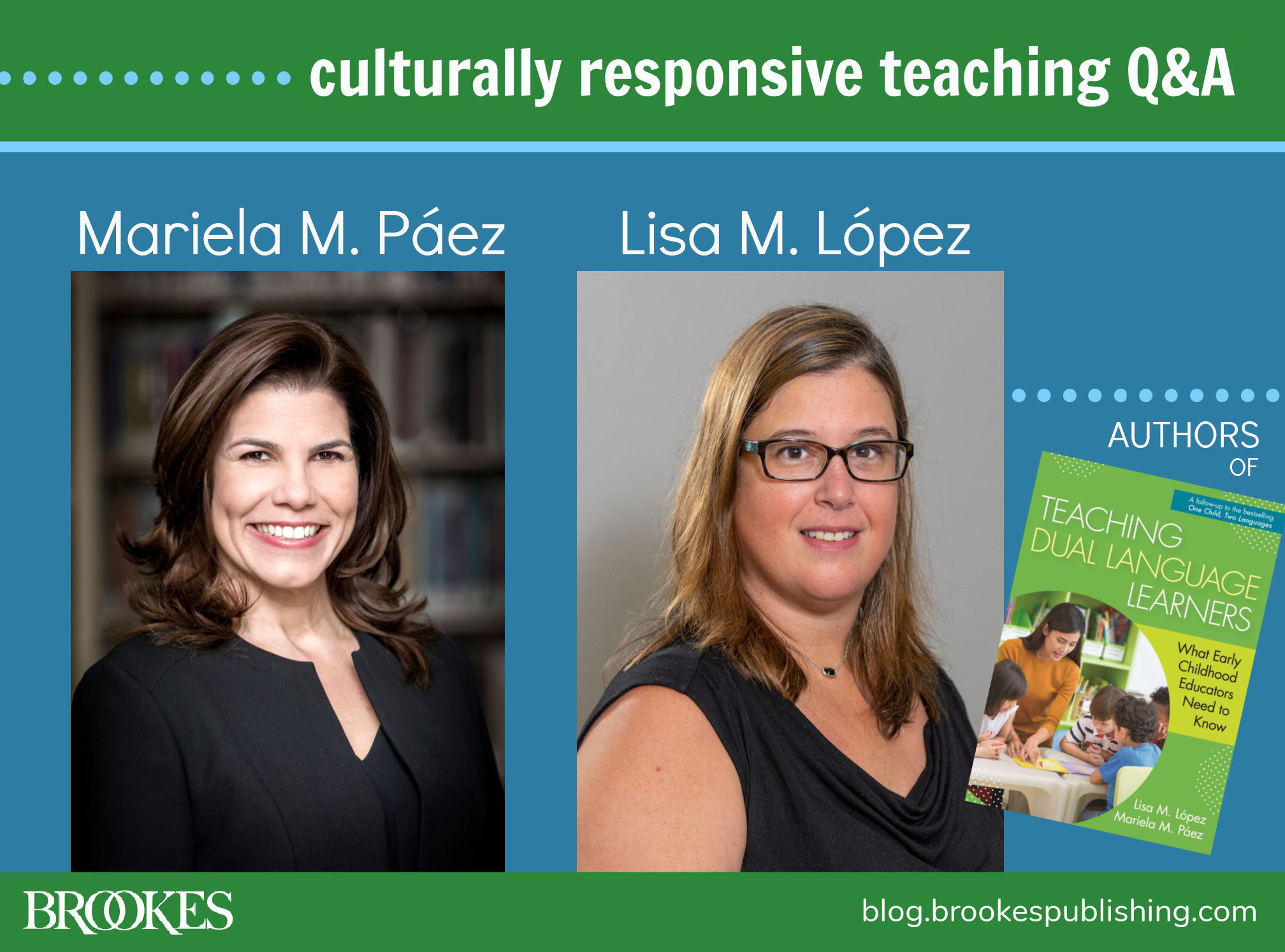


Write a Comment
Your email address will not be published. Required fields are marked *
Post a Comment